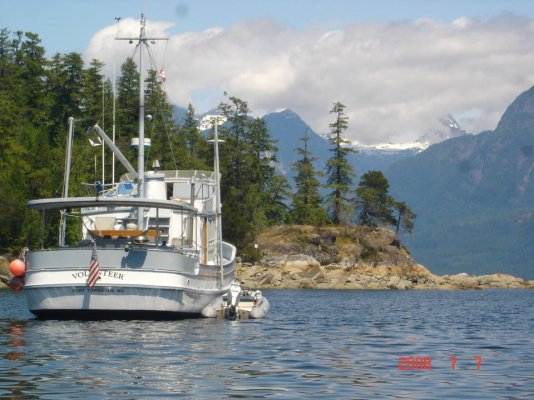First, I know I am opening a can of worms here and going down this rabbit hole, but I want to ask this question on Ferro-Cement boat building. Has anyone used it lately, and if so have you gotten away from using steel rebar and thought about using Rock Rebar / Basalt rebar instead, or even fiberglass rebar? Before you explode with a bunch of hate and words of Oh what a piece of $#$#% it is or anything else there, hear me out and think with some logic first and foremost. I am not writing this out of fun to stir up an angry mob of haters and nay sayers, I am just throwing an idea out there and asking the question of “Has anyone done this and if so how did you get away from the main issue of steel rebar?” If you look at cement in general, it does a wonderful job of protection from the elements, used in many areas of construction, to include bridges and damns, dikes and more. Used in corrosive environments like saltwater... So why is it ok for a bridge which holds up tons of weight, or a damn which holds back a lot of water, but not a hull?
I have had a Samson ferro-cement sailboat once. The biggest issue was the rust bleeding. There was even a 6 inch crack under the waterline that was inspected by a marine inspector and no issue of integrity. Yes it was a heavy beast and yes it did not roll as much as the fiberglass boats in the mooring, especially when a gator freighter slipped by. But again the question is “Does anyone use Ferro-Cement?” And If so have you considered alternatives when using without steel rebar? Thank you and I hope the rabbit hole was not too deep...
I have had a Samson ferro-cement sailboat once. The biggest issue was the rust bleeding. There was even a 6 inch crack under the waterline that was inspected by a marine inspector and no issue of integrity. Yes it was a heavy beast and yes it did not roll as much as the fiberglass boats in the mooring, especially when a gator freighter slipped by. But again the question is “Does anyone use Ferro-Cement?” And If so have you considered alternatives when using without steel rebar? Thank you and I hope the rabbit hole was not too deep...

